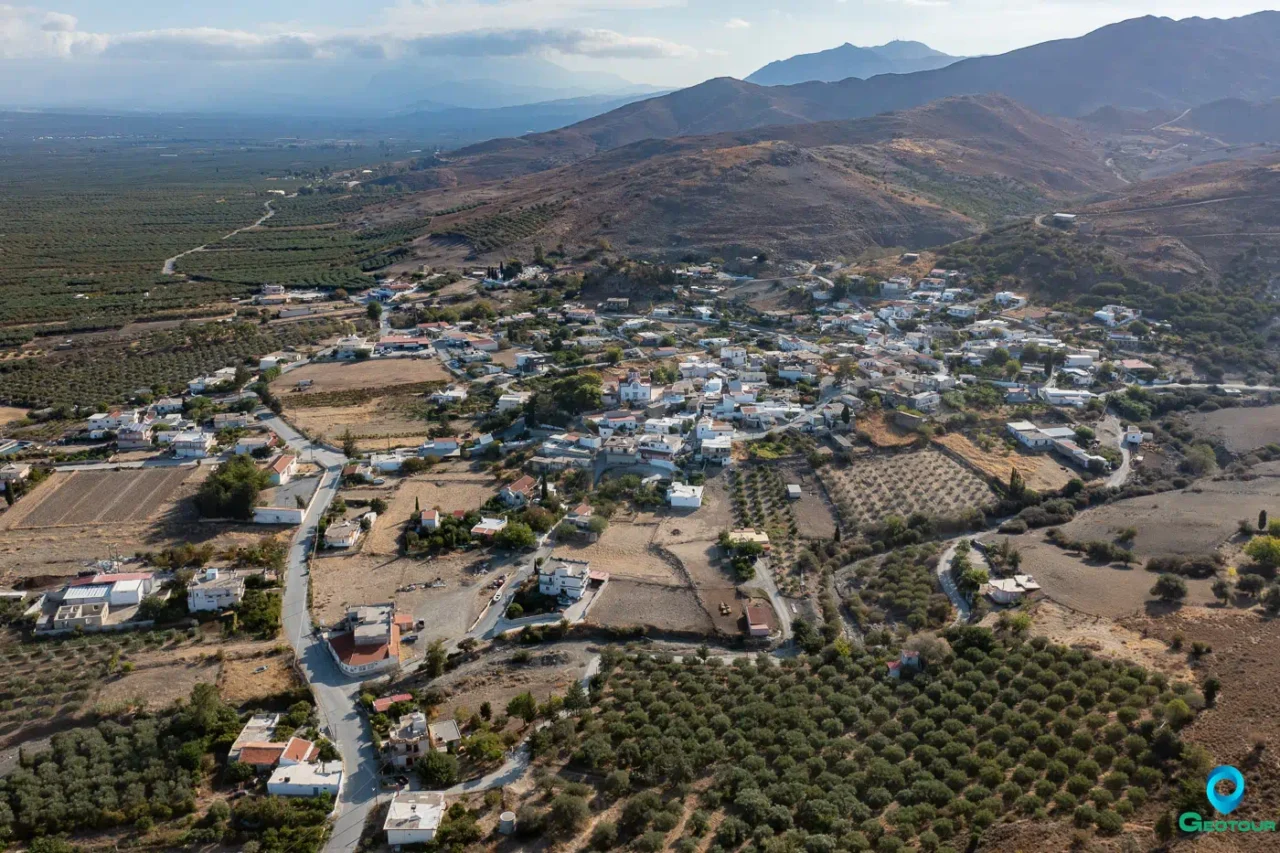
Sternes is a village and the seat of the eponymous community in the Gortyna municipality, located in the Heraklion regional unit on the island of Crete, Greece. It previously belonged to the Monofatsi province of the Heraklion Prefecture.
The name “Sternes” is derived from the Greek word “sterna,” meaning cistern. This refers to a large cistern located west of the village, believed to date back to the Roman period. This cistern played a crucial role in collecting and storing water from a nearby stream, highlighting the historical importance of water management in the arid Cretan landscape.
Historical References
The village of Sternes has a documented history that extends back to at least the 13th century. A contract from 1271, detailing a transaction involving Cretan wine in the village, provides the earliest written evidence of its existence. This reference not only confirms the village’s presence during the Venetian period but also sheds light on its potential role in the island’s wine trade at that time.
Further historical references can be found in the Venetian census conducted by Francesco Barozzi (Kastrofilakas), where Sternes is listed under the name “Sternes.” Additionally, the village appears in the 1671 Turkish census as “Isternes,” providing evidence of its continuous habitation through different periods of foreign rule.
Location
Perched on a hill in the foothills of the Asterousia Mountains, Sternes occupies a strategic and scenic location in southern Crete. Its elevated position offers panoramic views of the surrounding landscape, including the Messara plain to the north and the Libyan Sea to the south. The village is situated approximately 4 kilometers south of Asimi, a larger settlement within the Gortyna municipality. This proximity allows for convenient access to essential services and amenities while maintaining a distinct rural character.
Historical Significance
The historical significance of Sternes is intertwined with its namesake landmark, the large cistern located west of the village. This cistern, believed to date back to the Roman era, served as a crucial water collection and storage facility, highlighting the importance of water management in the arid Cretan environment. The village’s name, derived from the Greek word for cistern (“sterna”), pays homage to this vital infrastructure and its role in sustaining the community throughout history.
Furthermore, the presence of churches and chapels adorned with frescoes, such as the church of Saint John and the chapels of Agia Paraskevi and Panagia, testifies to the village’s rich religious heritage and its contribution to the cultural landscape of Crete.
Population Data Over the Years
The 2001 census recorded a population of 396 inhabitants, indicating a modest-sized community. However, the 2011 census showed a decrease to 321 inhabitants for the entire Sternes community, which includes the village of Agios Nikolaos and the Monastery of Koudoumas. Current estimates suggest a population of approximately 420 for the village itself, suggesting a slight rebound in recent years.
Current Status
Today, Sternes remains a vibrant village with a strong agricultural foundation. The cultivation of olives and grapes for raisins continues to be a central economic activity, providing livelihoods for many residents.
Sternes has a kindergarten and an elementary school, providing education to the local children. The village also has an active cultural association that organizes events and promotes the preservation of local traditions.
The village boasts several churches and chapels of historical and cultural significance. The church of the Presentation of the Virgin Mary, located within the village, is particularly noteworthy. The church of Saint John, situated in the cemetery, features remnants of frescoes. Additionally, the chapels of Agia Paraskevi and Panagia also contain frescoes, showcasing the rich religious heritage of the area. Sternes celebrates its feast day on November 21st. Other festivities take place on May Day and in June, during the feast of Saint John of Klidonas. These events provide opportunities for the community to come together and celebrate their shared traditions.
Village Key Points
- Historical References: The village is first mentioned in a contract from 1271 regarding the sale of Cretan wine. It also appears in the Venetian census of Francesco Barozzi (Kastrofilakas) under the name “Sternes” and in the 1671 Turkish census as “Isternes.”
- Location: Situated on a hill in the foothills of the Asterousia Mountains, 4 kilometers south of Asimi, in the Heraklion regional unit, Crete.
- Historical Significance: The village’s name derives from a large cistern, likely from the Roman era, used to collect water from a nearby stream. This cistern reflects the historical importance of water management in the region.
- Current Status: Sternes is a village primarily focused on agriculture and livestock farming. The main products are olive oil and raisins. It has a cultural association, a kindergarten, and an elementary school.
Access
Sternes is 4.0 kilometers away from Asimi















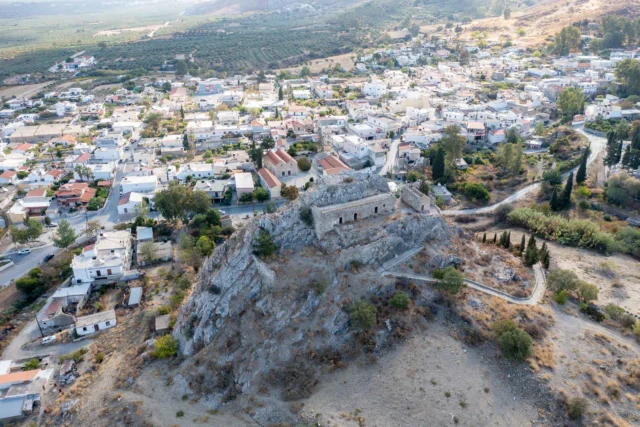



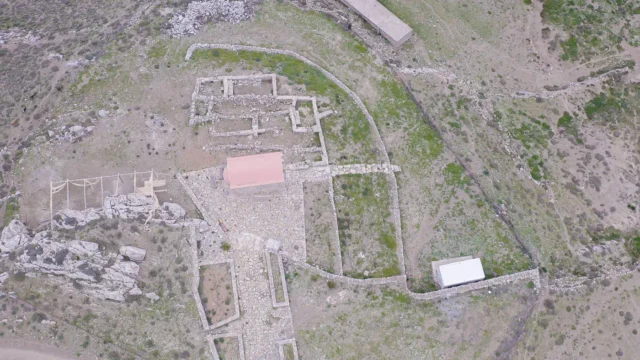

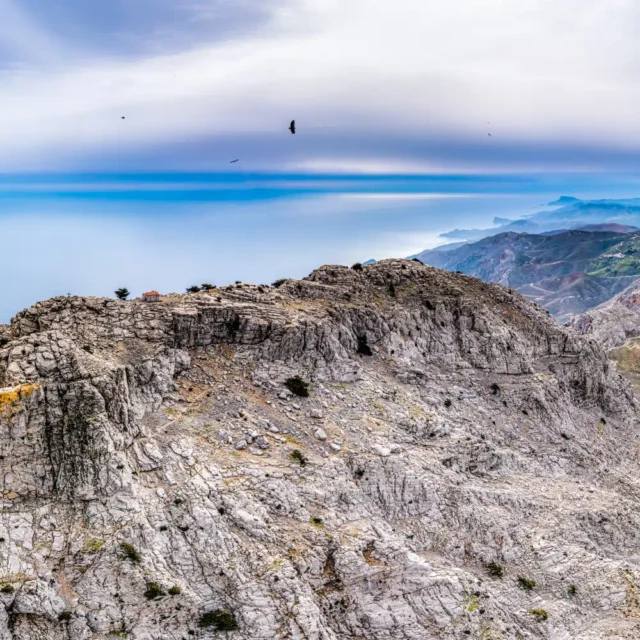
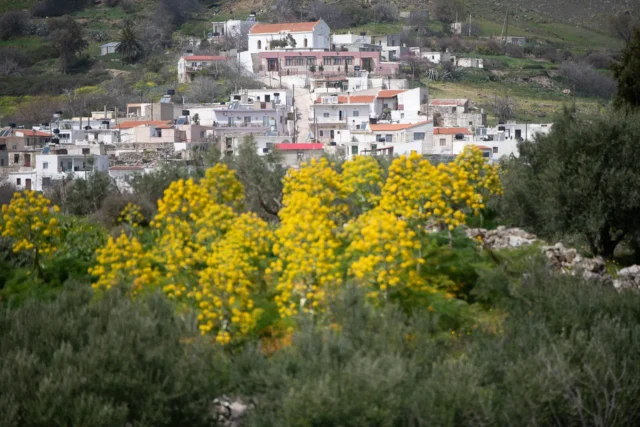

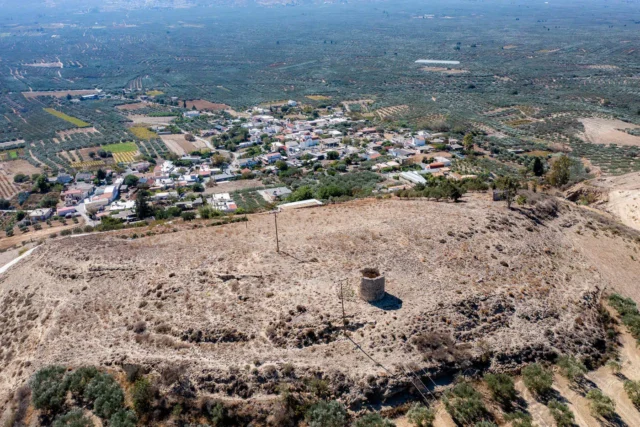
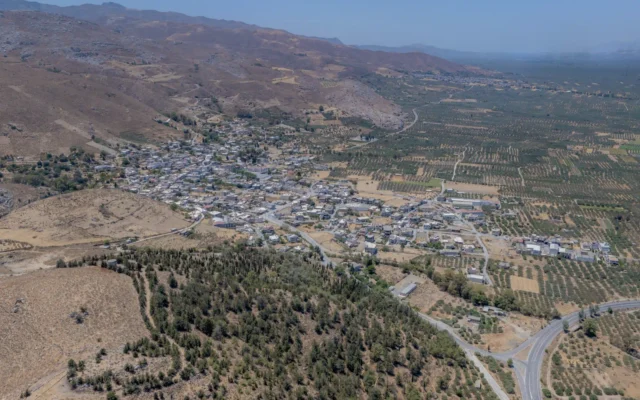
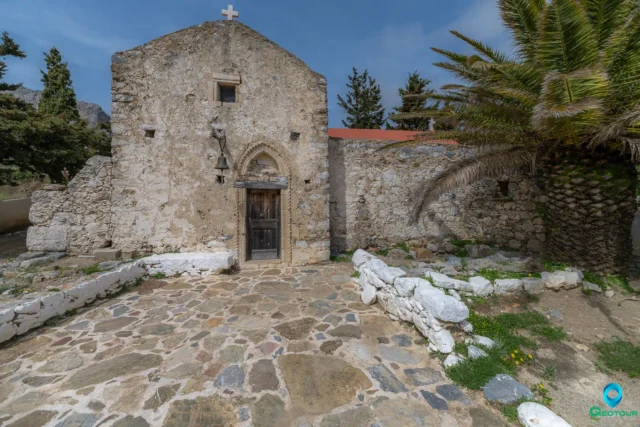

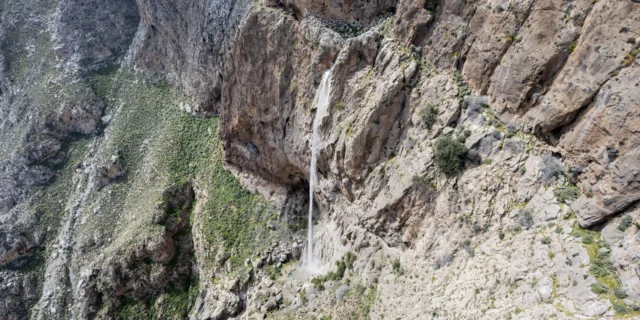
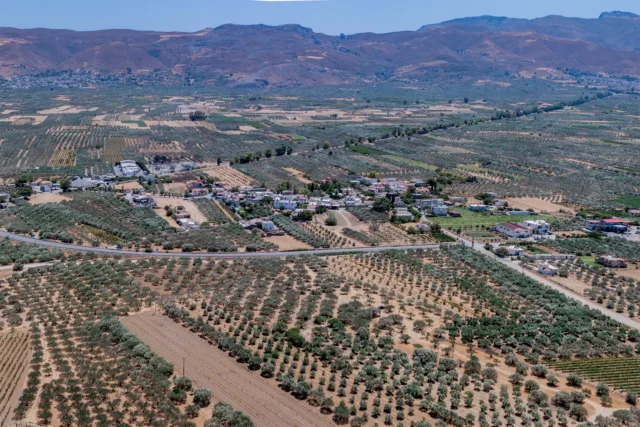
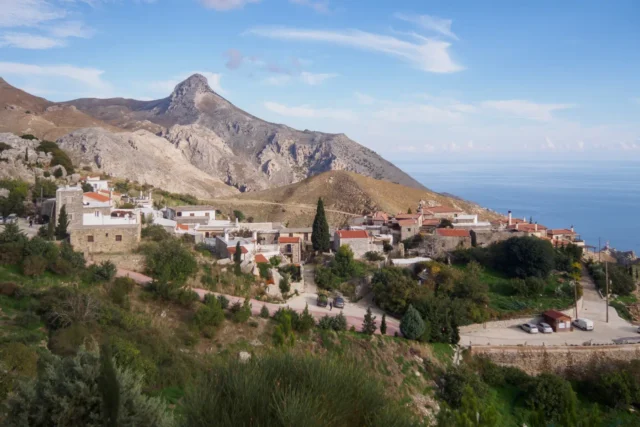

There are no comments yet.